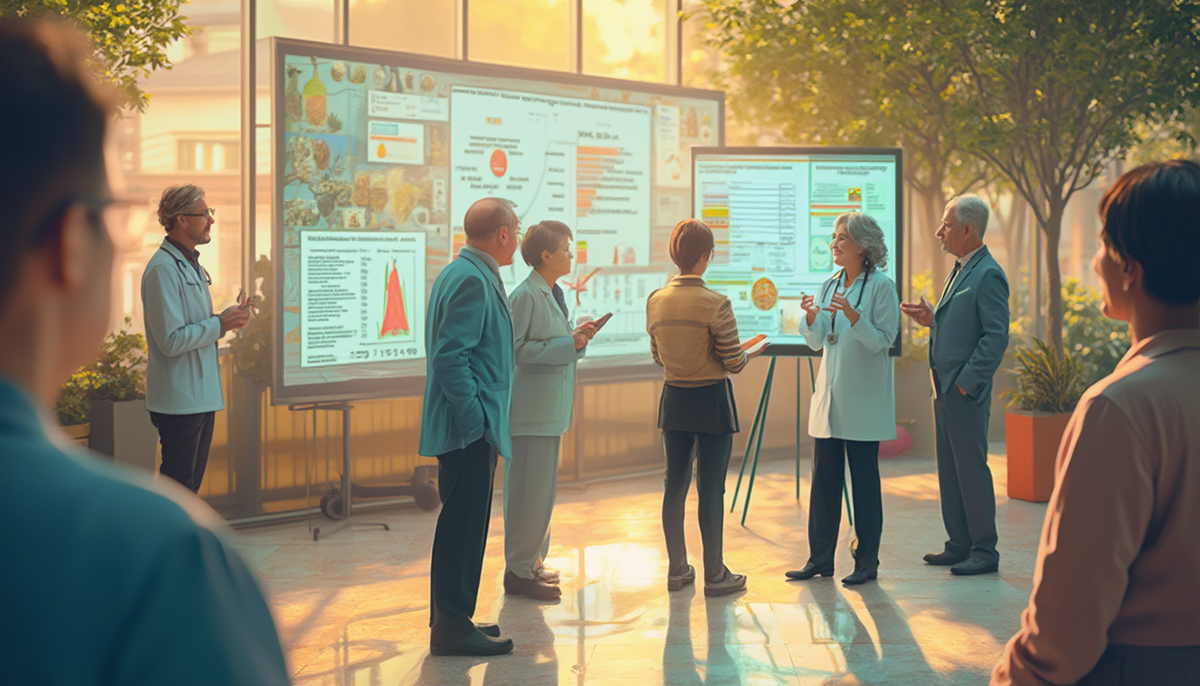Discover how local governments are pivotal in controlling and improving air quality through regulatory measures, innovative solutions, and community collaborations. This post explores effective strategies that local councils employ to combat air pollution, highlighting their significant impacts on public health and the environment.
Key Takeaways
- Local governments play a crucial role in managing and improving air quality.
- Innovative technology, like low-cost sensors, enhances real-time pollution monitoring.
- Collaboration between local, regional, and national governments is essential for effective air quality management.
- Strategies implemented have led to significant public health improvements, including reduced hospital admissions.
- Community engagement boosts the effectiveness of air quality policies and initiatives.
Table of Contents
- Air Quality Management by Local Governments
- Key Strategies and Innovations
- Impact and Success Stories
- Challenges and Future Directions
Air Quality Management by Local Governments
Local governments are at the forefront of the fight against air pollution. Implementing and enforcing air quality regulations, they monitor pollution levels and take actionable steps to reduce harmful emissions.

Local Codes and Compliance
By enforcing local environmental codes and regulations, municipalities directly influence industrial emissions and urban air quality. This local-level governance is crucial for maintaining public health standards.
Real-time Data and Public Awareness
Incorporating technology such as low-cost sensors provides communities with real-time air quality data, fostering greater awareness and proactive public responses to air pollution issues.
Key Strategies and Innovations
Strategic innovations and the diligent application of air quality regulations have proven effective in reducing air pollution. Local governments have introduced several pioneering strategies to address this environmental challenge.

Technological Interventions
Deploying networked air quality sensors across urban areas enables precise monitoring and targeted responses to emergent air quality issues, demonstrating the power of integrated technological solutions.
Collaborative Policy Implementations
Partnerships with governmental and non-governmental organizations enhance the reach and efficacy of air quality initiatives, illustrating the importance of cooperative governance in environmental management.
Impact and Success Stories
Effective air quality management by local governments has yielded substantial public health benefits and environmental improvements.

Public Health Improvements
Reductions in pollutants like PM2.5 and NOx have directly correlated with lower rates of asthma and other respiratory conditions in affected communities.
Enhanced Community Engagement
Increased public participation in air quality improvement programs has strengthened community resilience against pollution and raised collective environmental consciousness.
Challenges and Future Directions
While significant strides have been made, ongoing challenges persist in air quality management, necessitating future-focused strategies and continued innovation.
Addressing Transboundary Pollution
Efforts to manage air pollution locally must be complemented by regional and national initiatives to effectively mitigate the dispersed nature of air pollutants.
Advancing Technological Solutions
The development of more sophisticated air quality monitoring and pollution control technologies promises further enhancements in environmental management practices.
Conclusion
Local governments are essential actors in the global effort to improve air quality. Through robust policy, innovative technology, and community collaboration, they pave the way towards healthier communities and a sustainable future. Engage with Bhumi’s initiatives to learn more and support our ongoing projects in environmental conservation.
Visit our donate page to support our efforts or explore our Knowledge Hub for further insights.




